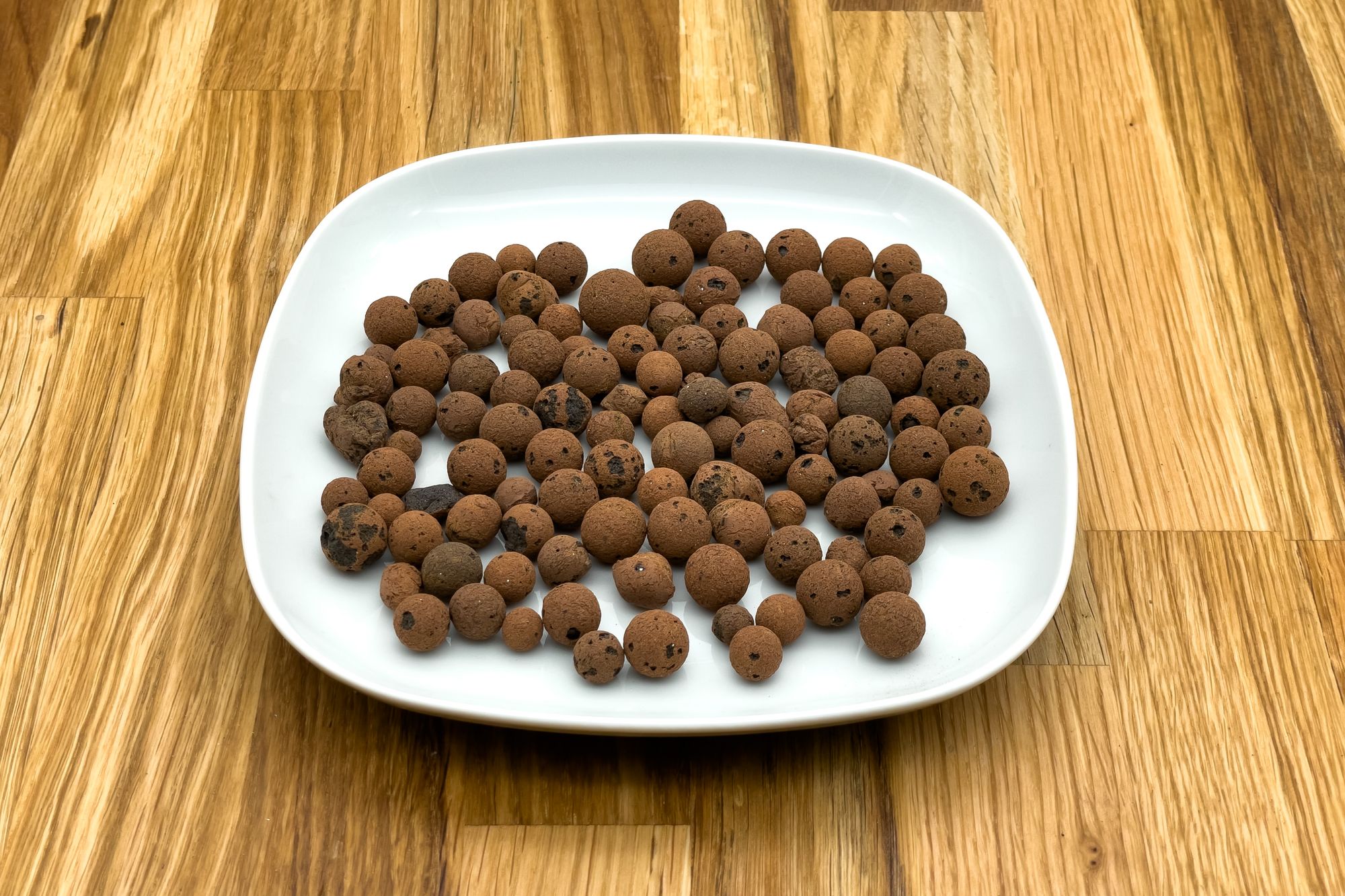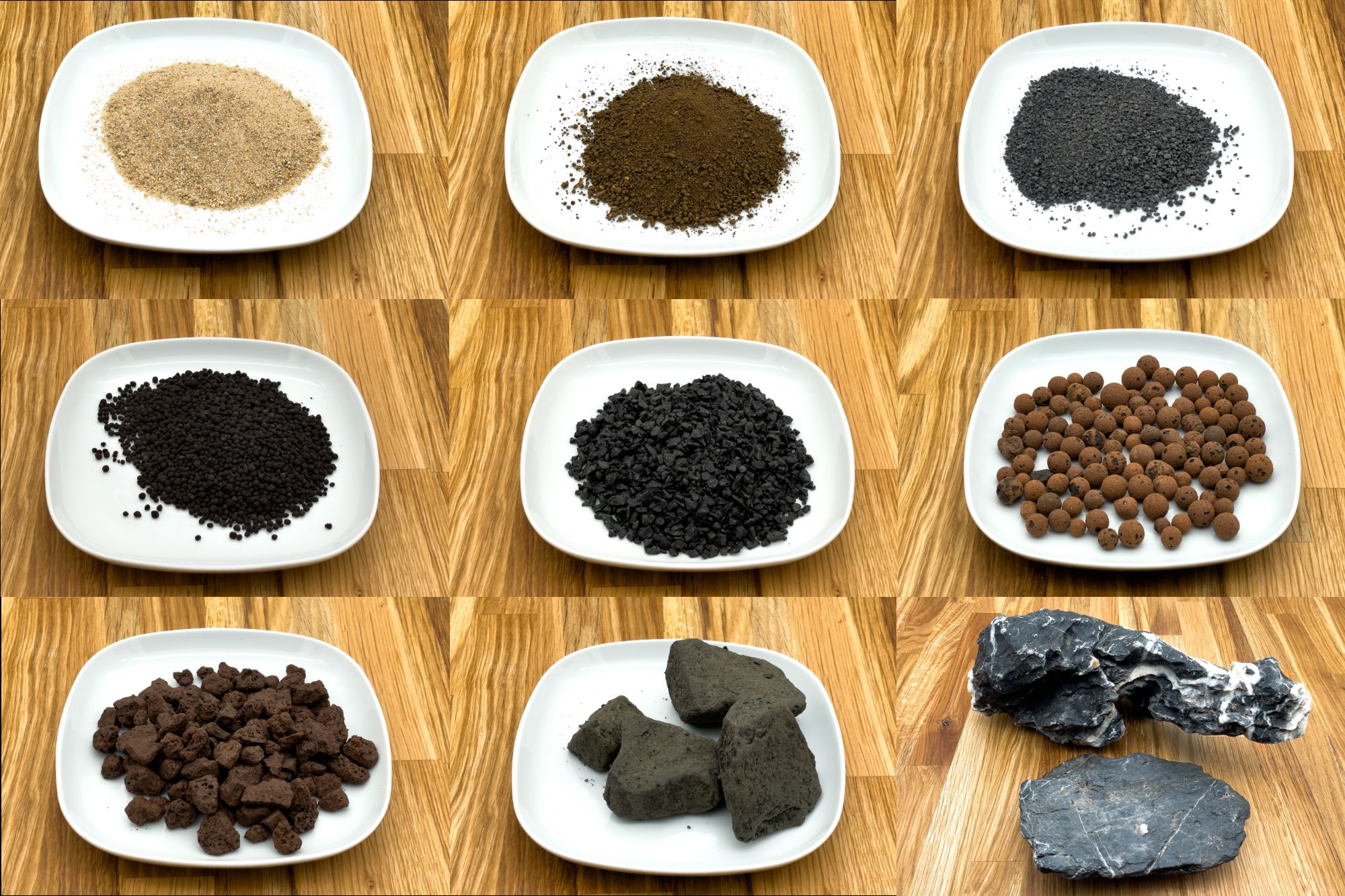An aquarium is not simply a glass tank with some water and fish in it, but a miniaturized eco-system that needs multiple components in order to thrive. Any successful build will therefore typically need the following mandatory components:
- An aquarium tank
- One or multiple substrate layers
- Lighting
- Water
In this article we will take a closer look at the substrate layer(s), as this can be one of the most crucial components to get right in certain aquarium build.
Definition and Purpose
What do we even mean when we talk about "substrate"? The Cambridge Dictionary defines the term as "a substance or surface that an organism grows and lives on and is supported by". In the case of aquariums, the organism in question are beneficial bacteria, that are responsible for absorbing certain substances from the water (e.g. fish waste) and turning them into nutrients for the plants. This is called the Nitrogen Cycle.
The picture below best displays the nitrogen cycle. The beneficial bacteria help to transform waste (from fish, fish-food or plants) into ammonia (toxic for live stock), ammonia into nitrite (also toxic for live stock) and nitrite into nitrate (harmless when below 100 ppm). Nitrate is one nutrient your plants require.
They are thus responsible for filtering the water and creating a healthy living environment and water parameters for both animals and plants in the tank.
This is also why it is so crucial to get this part right when planning your next build.
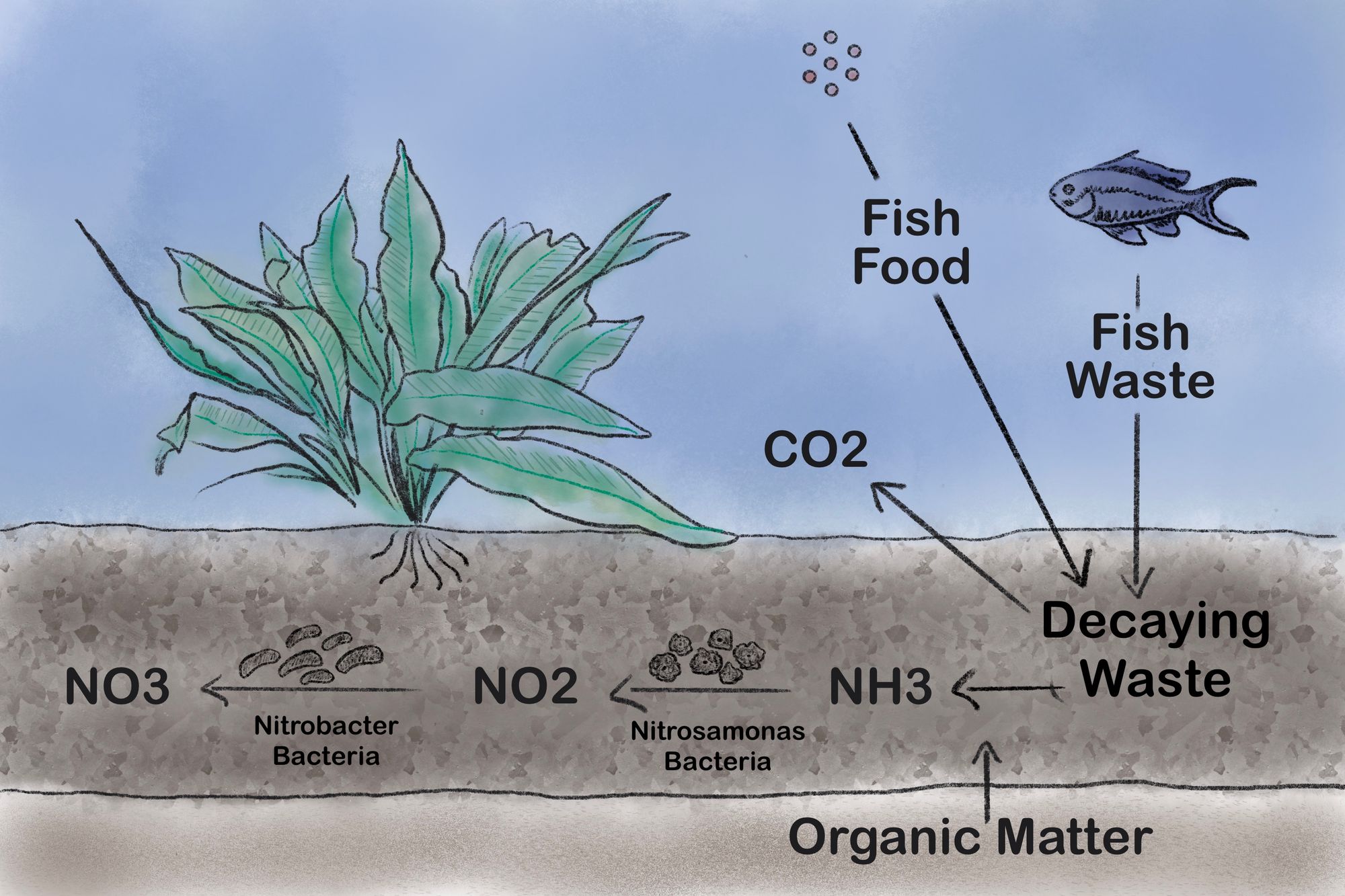
If you are planning a non planted aquarium (using only epiphyte or plastic plants), you can choose any substrate, because it is only for cosmetic reasons in these cases as the plants get their nutrients directly from the water or don't need any nutrients at all, respectively. We do not recommend any nutrient rich substrate (soil) in this case, as it will only enhance the risk of algae bloom.
If you are planning a planted aquarium, certain substrate is mandatory for healthy plant growth. The substrate needs to be nutrient rich to support the plant growth and not to dens so the roots can easily grow. Therefor you can either use soil or gravel / sand from "Seachem Onyx".
And if you are planing a No Filter Aquarium certain substrate layers are mandatory for a balanced eco-system. Starting with a layer of nutrient rich soil, covered with a thick layer of gravel and topped of with a thin layer of sand. The nutrient rich soil is for the plant growth, the thick layer of gravel for housing the beneficial bacteria (which usually would be in your filter) and the thin layer of sand helps to plant the plants (keeps them rooted during the water filling process).
Types of Substrate
Substrate can be categorized in two main categories a.) Stone Substrate b.) Dirt Substrate
Stone Substrate
Stone substrate comes in different grain sizes, colors and materials. The grain size determines what the substrate is called. To make things easier we've divided the most common types of stone substrate into the following categories for the purposes of this article: Sand, Gravel, Pebbles, Cobble and Boulder.
Before adding any stone substrate we recommend to give it a thorough wash and cleaning. By doing so you will not have the risk of water pollution or cloudiness (from micro particles) as some manufactures do not pre-wash their products. Whether the stones are pre-washed or not doesn't give any hints on the quality of the product, though.
Sand
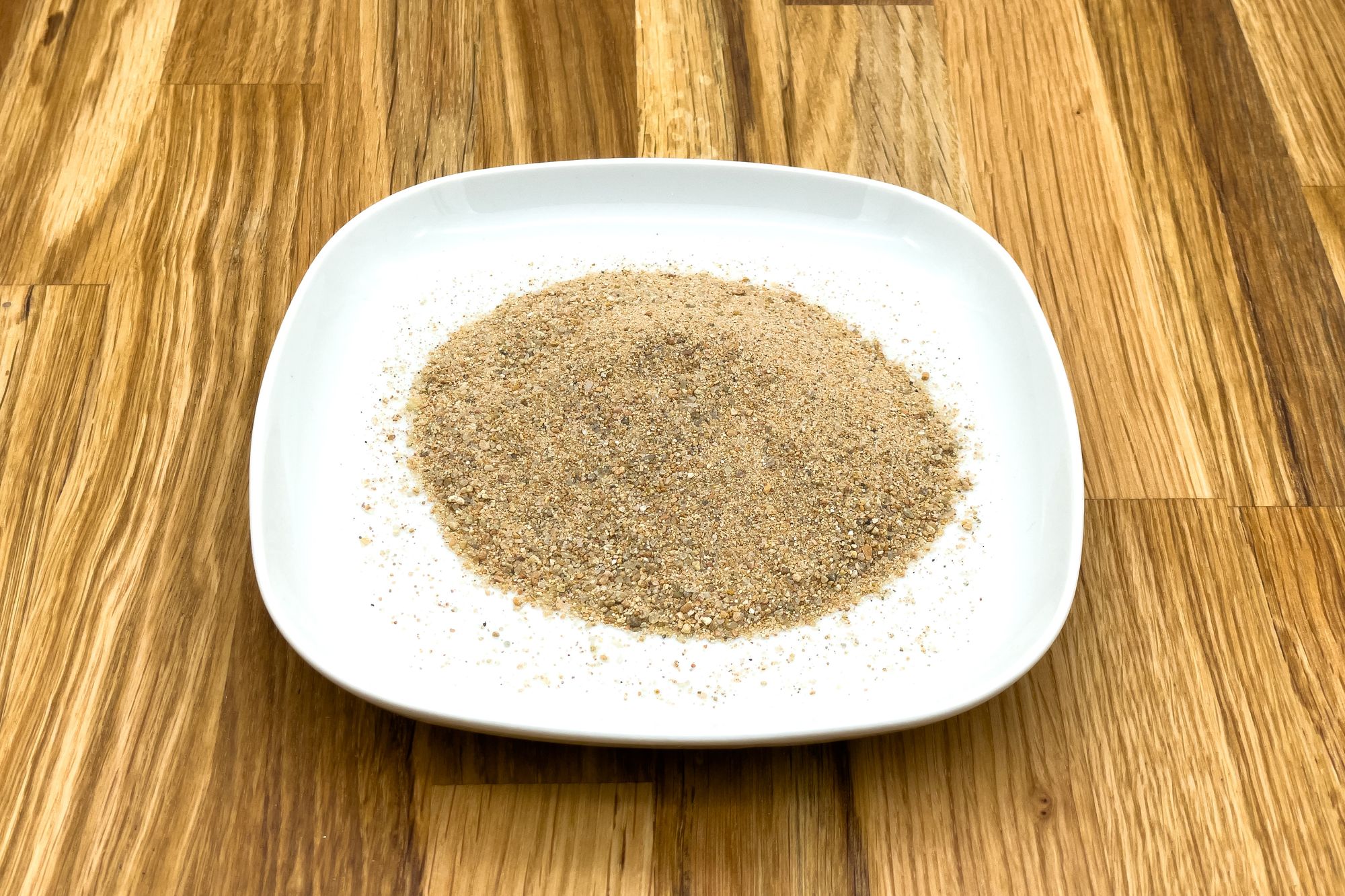
Instead, the sand used in aquariums is technically also gravel, but with very small grain size ranging from 0,5 - 4 mm / 0.02 - 0.157 in
Sand is a more challenging substrate than stone. Due to its small grain size the density is more compact, which impacts the flow of water and oxygen through this substrate. As soon as the waste has entered the sand layer or gone beneath it the problem starts. Due to the lack of oxygen and water flow the waste will build up to sulfate gas. When you see dark green spots in the deeper sand layer, this is sign for sulfate gas. When the toxic sulfate gas bubble becomes big enough, it will burst and release itself into the aquarium. If not immediately taken care of by a 50% water change, the water pollution will have a drastic / deadly impact on live stock.
You can avoid this unpredictable sulfate gas explosions, by popping the bubble yourself. With a tweezers, fork or simply your hand (actually anything suitable) you can dig right into the sand until you fell the bottom panel of your aquarium. Then just stir the sand around carefully without clouding the water and try to reach every corner of the bottom panel. By doing so regularly you support the flow of oxygen and water through the substrate and see if any bubbles pop. We recommend doing this regular before your maintenance and water change.
On the other hand, the sand being so dense also means that any waste from plants or fish lays on top of it. This makes it relatively easy to clean, e.g. by removing the top layer of the sand or using are gravel vacuum cleaner.
Usually sand alone doesn't contain any nutrients required for a planted aquarium. There is one exception and that is called Seachem Flourite Sand. Through a special process Seachem has managed to make sand from nutrient rich substrate.
Due to the above mentioned peculiarities of sand, we don't necessarily recommend it for beginners. If you decide to use it anyway, make sure to use a thin layer to avoid a sulfate gas build-up.
Gravel
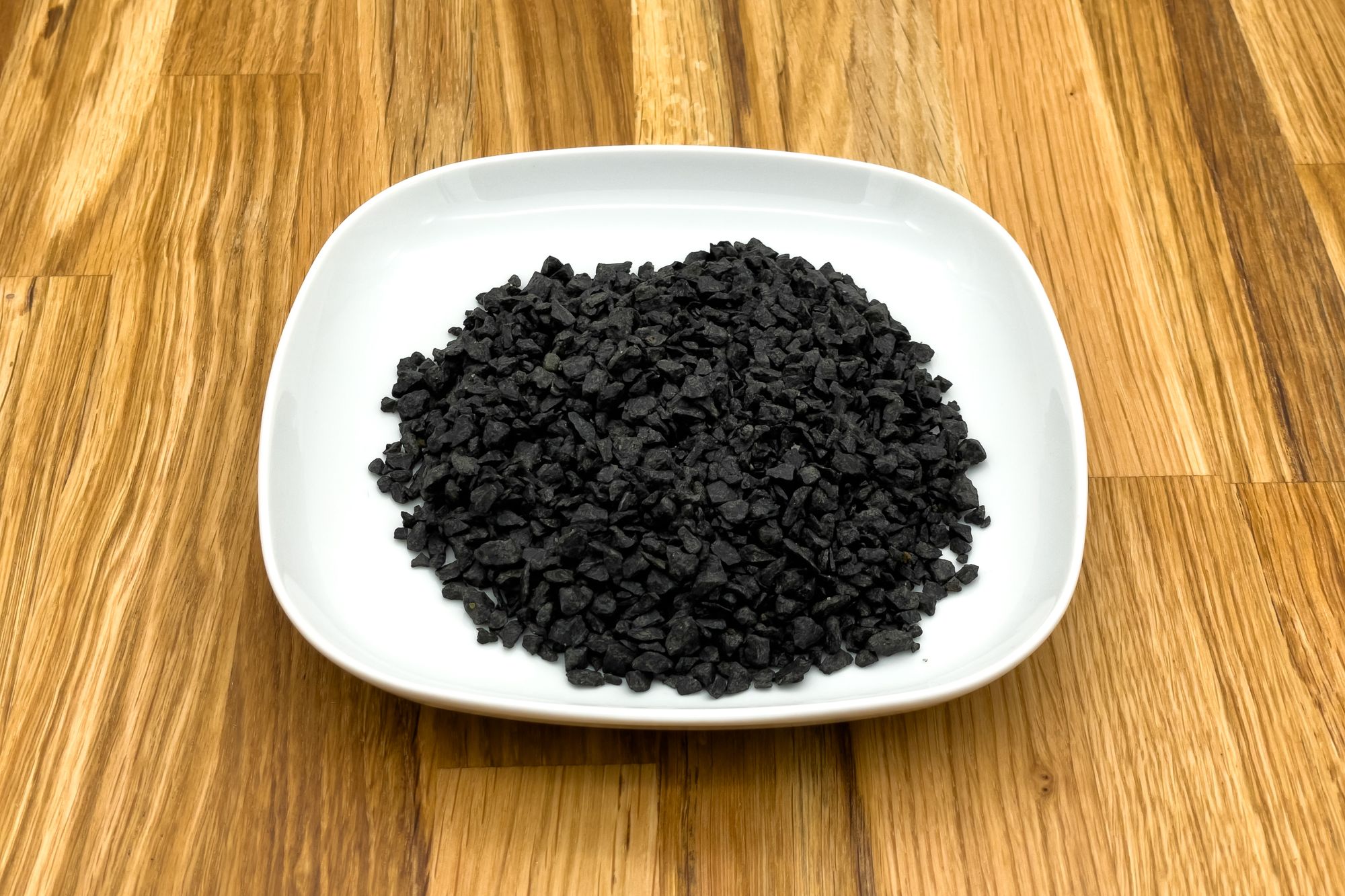
Gravel is a very unproblematic substrate. The grain sizes ranges between 2 - 8 mm / 0.079 - 0.31 in.
It can be used for purely aesthetic reasons, as well as for a planted tanks. Gravel usually doesn't contain any nutrients required for a planted aquarium. There is one exception called Seachem Flourite Black. Through a special process Seachem has managed to make gravel from nutrient rich substrate.
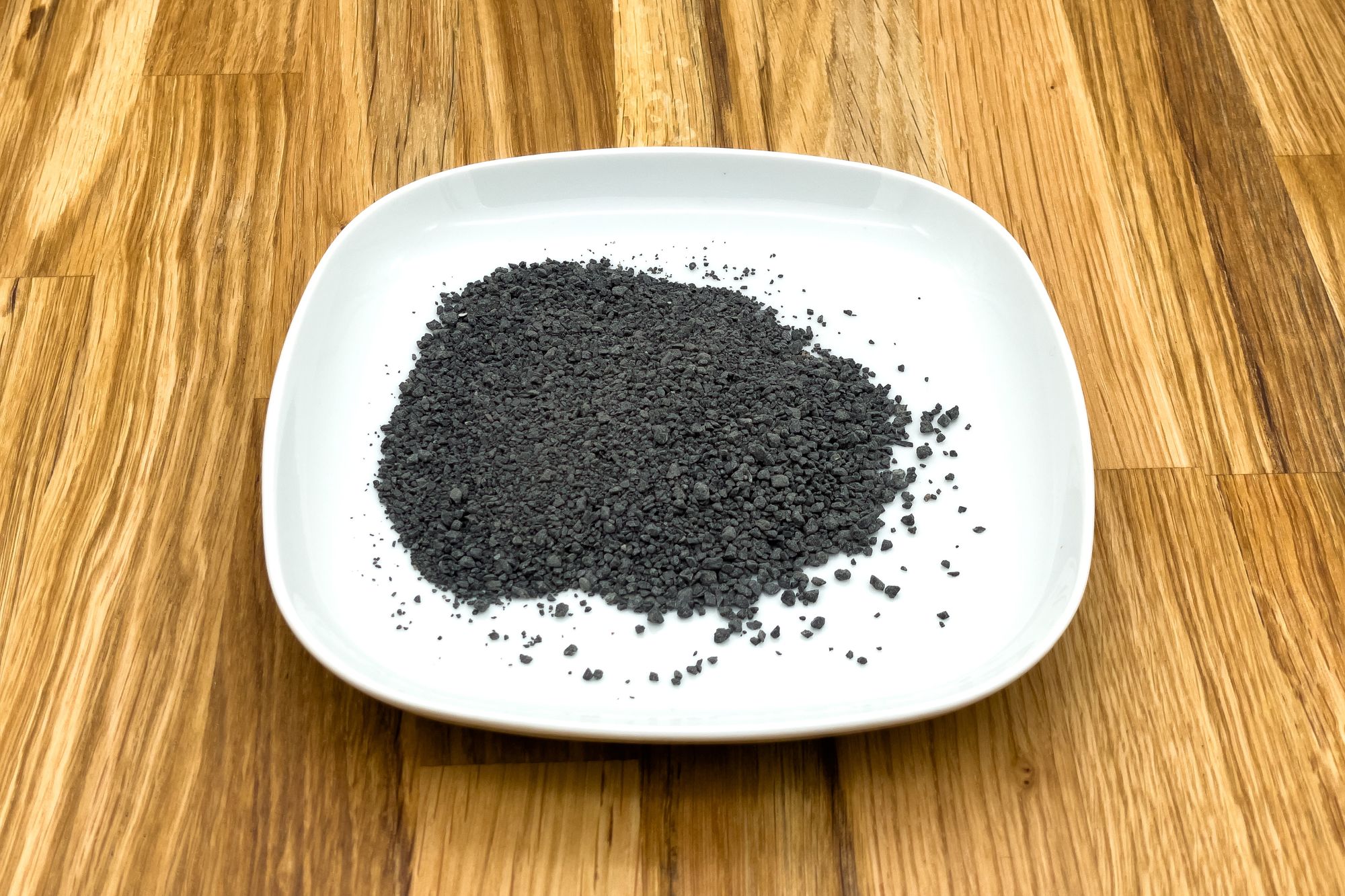
The beneficial bacteria help to transform waste into ammonia (toxic for live stock), ammonia into nitrite (also toxic for live stock) and nitrite into nitrate (harmless when below 100 ppm). Nitrate is a nutrient your plants require for healthy growth.
Glow Gravel
The most common substrate used for aesthetic reasons is the glow gravel. This gravel has been artificially engineered and cannot be found in nature. It comes in bright unnatural colors and glows in the dark or under a black light.
When using glow gravel, make sure it is aquarium safe as you do not want chemicals leaking into the water.
Glow gravel in thick layers can also house beneficial bacteria just like natural gravel (see the corresponding section above for more details).
Pebbles
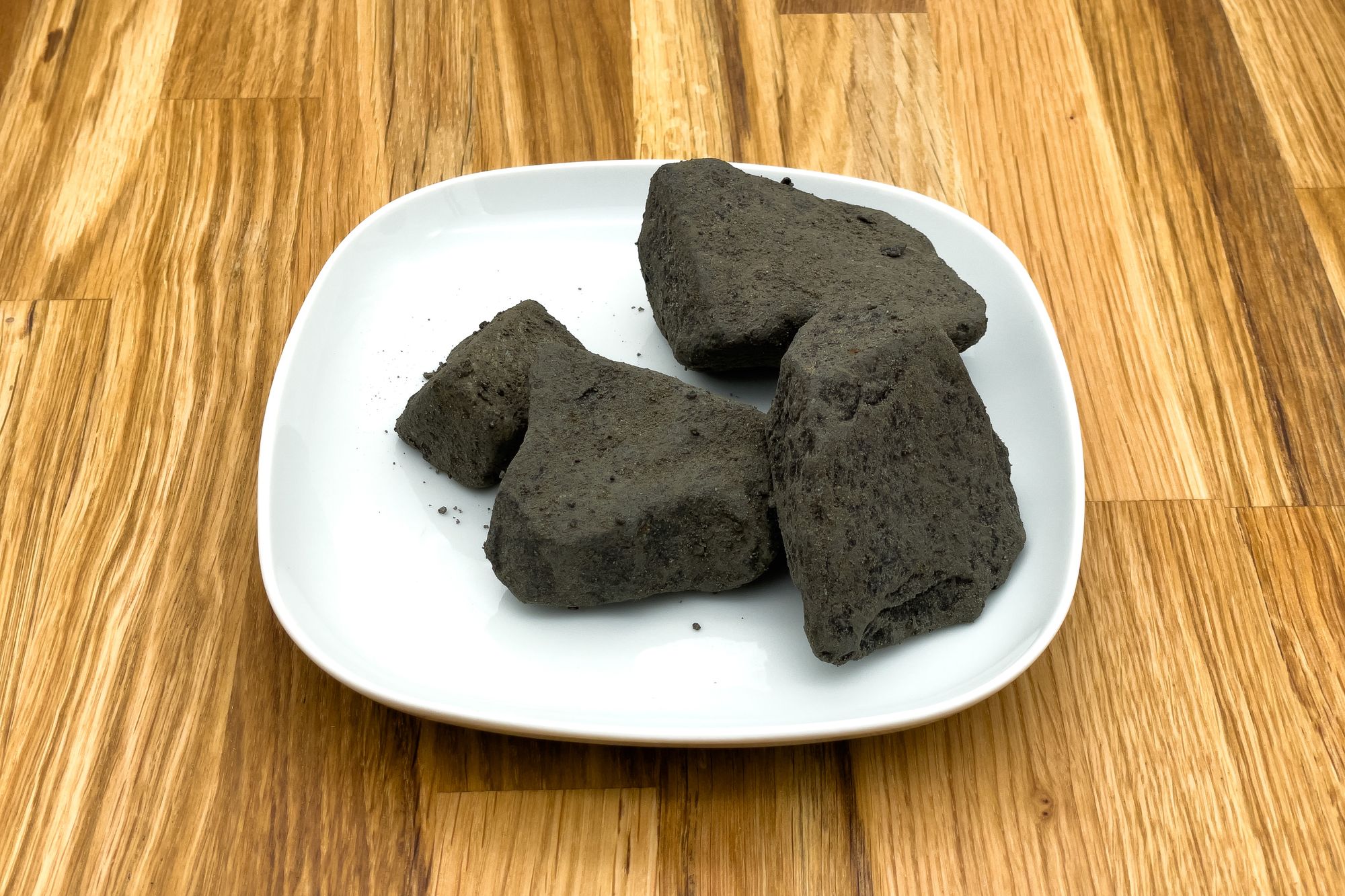
When buying a bag of pebbles don't be surprised to see grain sizes from 3 - 10mm. This depends on the manufacturer's sifting process and means you might get a good mix of sand gravel and pebbles in a bag.
Pebbles in thick layers are also good for housing beneficial bacteria. The beneficial bacteria help to transform waste into ammonia (toxic for live stock), ammonia into nitrite (also toxic for live stock) and nitrite into nitrate (harmless when below 100 ppm). Nitrate is one nutrient your plants require.
When using pebbles for housing good bacteria, we recommend using pebbles from Volcanic Lava Rock. Volcanic Lava Rock is porous and offers a lot of surface compared to other materials of the same grain size. In case you want to use Volcanic Lava Rock you need to be careful as the pebbles are sharp / pointy and can easily scratch the glass panel. Therefore it is not necessarily the best choice for acrylic tanks.
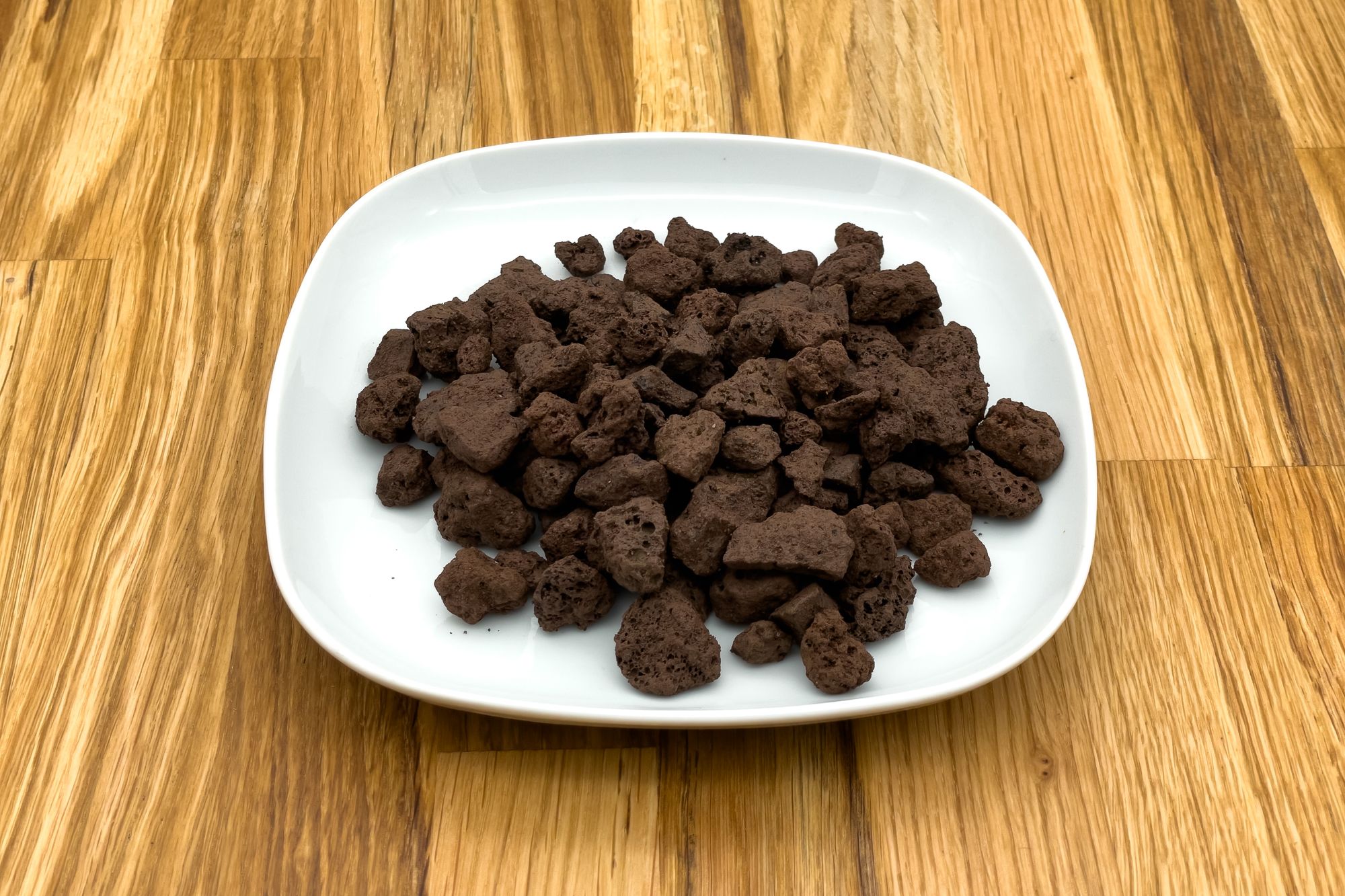
Example:
Cobbles and Boulders (Stones)
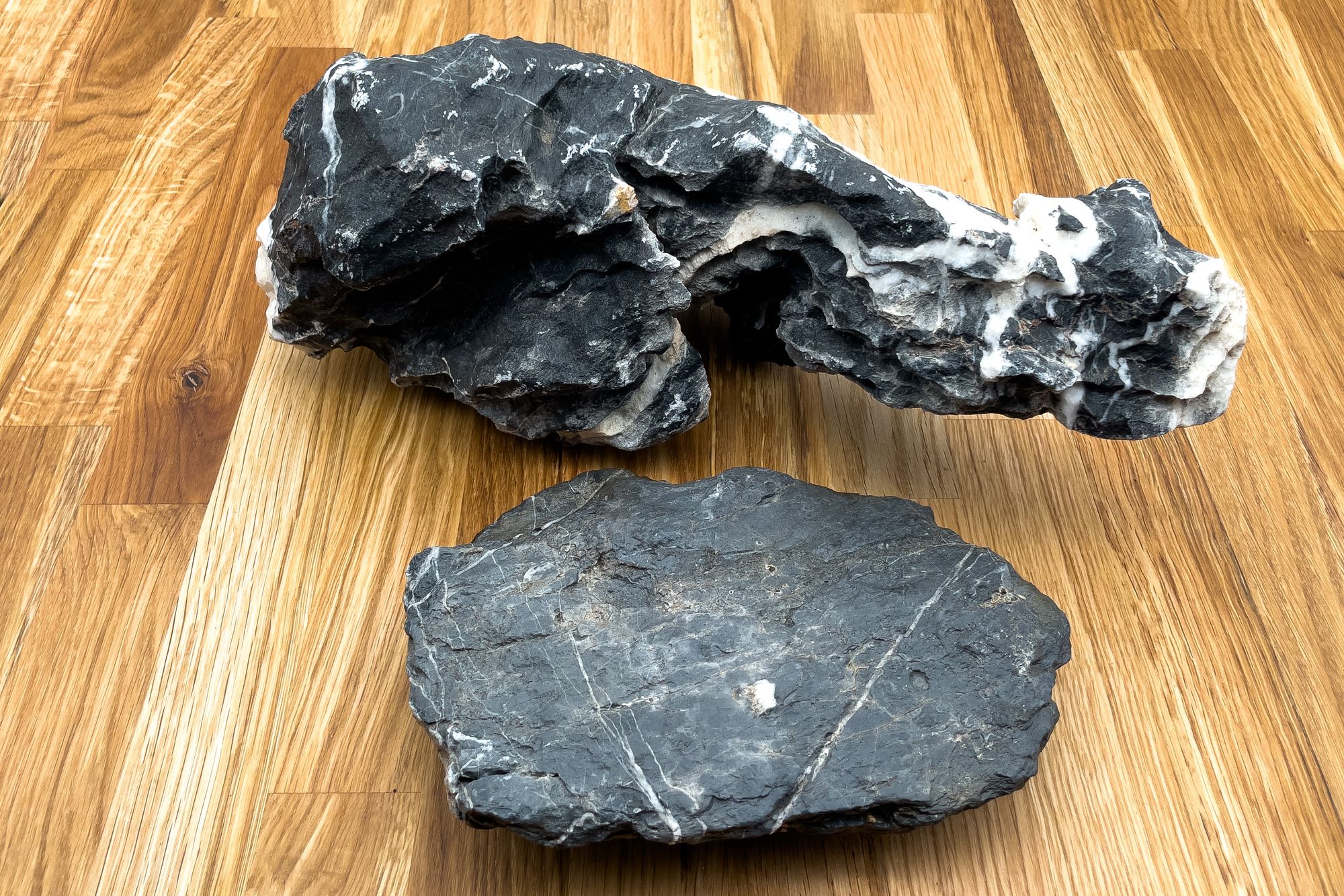
When purchasing stones, we strongly recommend choosing lime free stones (e.g. River Gravel, Quartz, Ohko Dragon Stone, Hakkai Stone, Volcano Rock, Lava Stone). Stones bought online mostly contain lime, so it's important to check the packaging or product description for any mentions of lime before ordering.
If you want to use stones from a nearby stone quarry, ones you found in nature or just want to check if your online-purchased stones contain lime, you can do the following:
- Pour vinegar or citric acid onto the stone.
- Wait for a minute, then try to see or hear bubbles forming. In case you discover bubbles this is proof that your stones contain lime.
- Before placing any stones found in nature into your aquarium you should clean and scrape them thoroughly.
Attention: Do not boil stones in hot water. Stones can explode and injure you or cause damage to your surroundings.
If you choose to use stones containing lime, please remember: Stones containing lime tend to release the lime to the water over time. This impacts your water parameters by increasing the hardness level. In case you are using CO² injection, this also enhances the pollution of lime into water. In order to balance the water pollution, regular water changes are required (most likely every week or 2 weeks).
Stones that are known to harden the water are:
- Ancient Stone
- Seiryu
- Ryuoh
- Maple Stone
Dirt Substrate
Dirt substrates are basically soil in different variations. They come in different grain sizes, nutrient compositions and types (e.g. regular clay and potting soil).
Soil
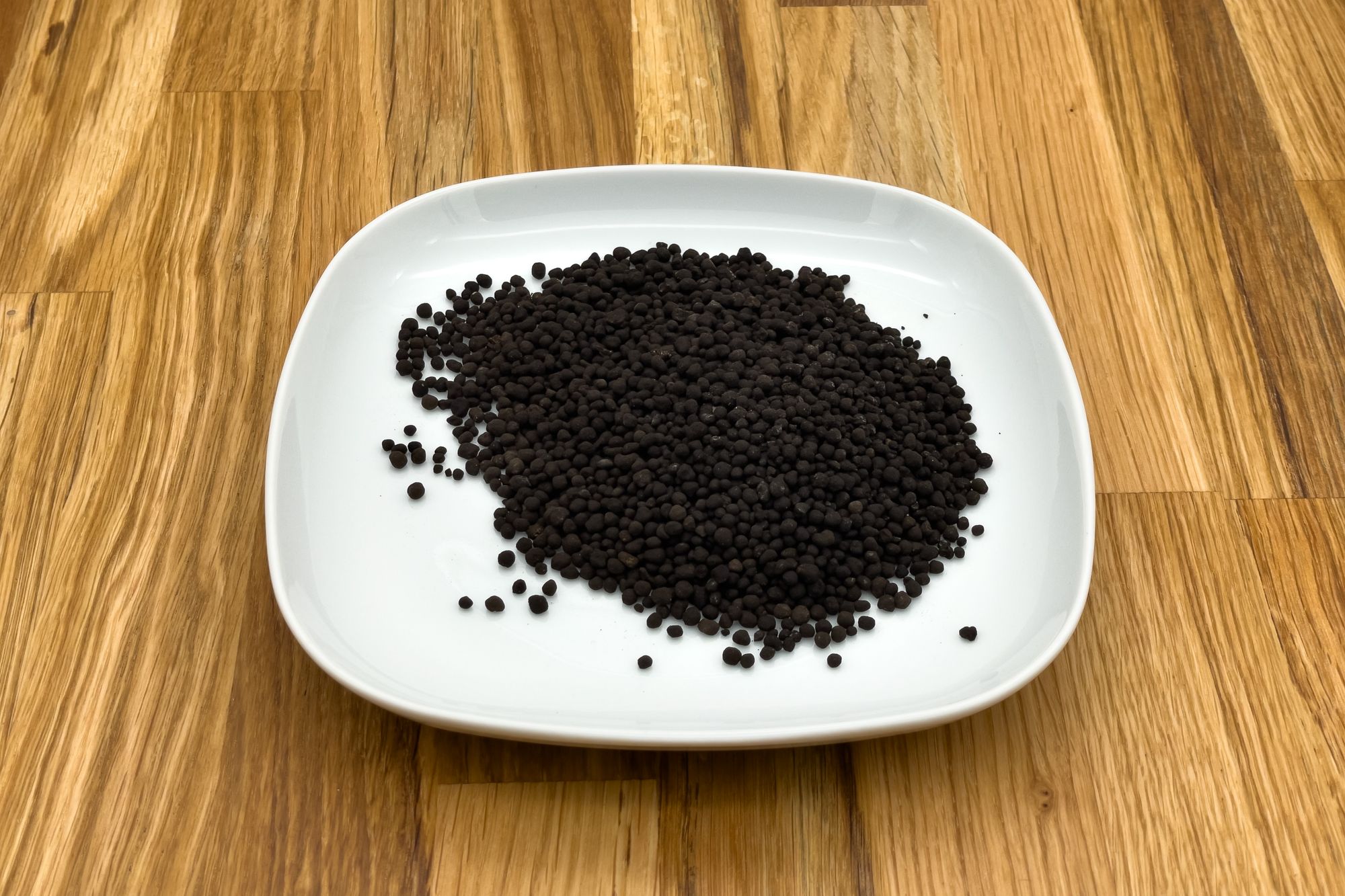
The first and most renown manufacture ADA (Aqua Design Amano) was the first to offer soil. In the mean time a lot of additional soil products are now available on the market. The biggest distinguish nowadays is with or without added fertilizers. Soil without fertilizer is best suited for aquarium soft water shrimps from the caridina breed. These animals are very sensitive in regards to water parameters.
Soil is known as an active substrate as it will affect you water parameters. It is made from organic compost, clay and sometimes crushed volcano rock. The lifespan of soil is roughly one year +- a couple of month. Volcano rock is best known for being nutrient rich and having positive affects on water parameters as well as for housing the beneficial bacteria helping you to convert waste into nitrate. So soil will lower your PH level to below 7 (soft and acidic). Most plants and fish prefer a PH around or short beneath 7. For plants it even enhances the intake of nutrients, improving a healthy growth.
Soil comes in two sizes, normal grains (2-3 mm) and powder (0,5 -2 mm ). The powder is used to top of the normal grains in case you use soil as your top layer. By using powder as top your layer it is easier to plant your plants as the will have more grip.
Some manufactures like CaribSea like to mix soil with bigger pieces of volcano rock.
Examples:
Plant growth Substrate

Plant growth substrate can not be used by its own. It is commonly used together with gravel. Plant growth substrate is a concentrated nutrient bomb. In order to not have the nutrient bomb leak into your water, you need to add a thick layer of gravel on top. Plants will be planted into the gravel. The roots will find its way to the plant growth substrate.
Using the Plant growth substrate in combination with soil will at least double the lifespan from soil.
Example:
Potting soil
Potting soil is rarely used in aquatics, most commonly in the context of the Walstad method of creating no-filter aquariums. It is a more complex substrate than stone because it usually consists of multiple components and shouldn't contain any artificial fertilizers when used in an aquarium. The quality of the potting or garden soil also matters a lot. To understand this better, we need to take a closer look at the two main components of potting soil: mineral loam and organic matter.
1.) Mineral Loam
Mineral Loam is usually a mix of sand, clay and silt. As previously mentioned, using sand in an aquarium can lead to dangerous build up of toxic gases if not handled properly. Therefore we advice to look for potting soil that doesn't contain sand, but only clay and silt.
If the exact components of the soil are not listed on the packaging, or you want to use garden soil, you can check for the right balance of sand, silt and clay using a squeeze test. Just take a fistful of moist soil and squeeze it together. Too much sand will make the clump crumble immediately. In contrast, too much clay will make it not crumble at all. Too much silt makes soil feel slimy when wet and powdery when dry. For use in an aquarium tank you will want to look for soil that doesn't crumble too easily.
2.) Organic Matter
Organic matter is any organic material that decayed in or on top of the soil, e.g. plants, insects, food scraps, etc. that completely decomposed into humus. This makes organic matter especially nutrient rich, but also a perfect breeding spot for sulfate gas when used in an aquarium.
It is therefore advisable to look for potting or gardening soil with a very low or non-existent percentage of organic matter / humus. Otherwise it will negatively affect the water parameters and increase the risk of algae.
Pro-tip: If you're having trouble with assessing the exact components of the potting or garden soil you want to use, you can also make your life easier by simply buying mineralized clay pebbles and crushing them. The result can be used as soil in the aquarium.
